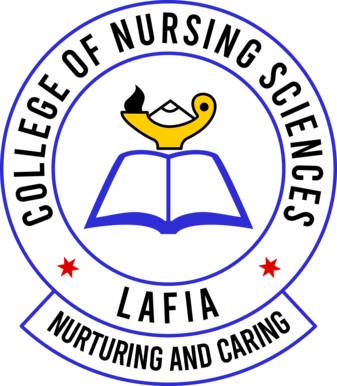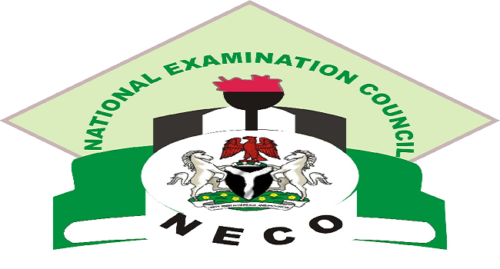Computer Science Keypoints: Networking; Networking is a fundamental aspect of the modern digital age, enabling the seamless communication and sharing of resources among various devices. This comprehensive overview will cover the definitions, types, topologies, and devices associated with computer networks.
Study other Computer Science Keypoints here
(a) Definitions:
Computer Network: A computer network is a set of interconnected computers and other devices that communicate and share resources through wired or wireless connections.
Networks facilitate data exchange, file sharing, and collaborative activities, making them essential in today’s interconnected world.
(b) Network Types:
i. Personal Area Network (PAN): A PAN is a small network that typically connects devices within an individual’s personal space, such as smartphones, laptops, and wearable devices.
ii. Local Area Network (LAN): A LAN covers a limited geographical area, like a single building or a campus, connecting computers and devices to share resources and information.
iii. Wide Area Network (WAN): A WAN spans a large geographical area, often connecting multiple LANs or even extending globally. The internet is a prime example of a WAN.
iv. Metropolitan Area Network (MAN): A MAN falls between LAN and WAN in terms of geographic scope, covering a city or a large campus.
v. Campus Area Network (CAN): Similar to MAN, a CAN covers a specific campus, connecting multiple buildings within the same vicinity.
vi. Global Area Network (GAN): A GAN is a network that connects networks across the world, facilitating global communication and data exchange.
vii. Internet: The Internet is a massive global network that interconnects millions of computers worldwide, allowing for the exchange of information and services.
(c) Network Topologies:
iii. Basic Network Topologies:
– Star Topology: In a star topology, all devices are connected to a central hub or switch. It provides easy management and troubleshooting but relies heavily on the central hub.
– Bus Topology: Devices in a bus topology share a single communication line. While simple, it can be prone to congestion and has a single point of failure.
– Ring Topology: Devices are connected in a circular fashion in a ring topology, with each device connected to exactly two other devices. It offers a more balanced load but can be challenging to troubleshoot.
(d) Network Devices:
iv. Network Devices:
– Hub: A hub is a basic networking device that connects multiple devices in a LAN. It operates at the physical layer of the OSI model and broadcasts data to all connected devices.
– Modem: A modem modulates and demodulates signals to enable digital devices to communicate over analog transmission lines, such as telephone lines or cable systems.
– Switch: A switch operates at the data link layer and forwards data only to the specific device it is intended for, reducing network congestion compared to hubs.
– Router: Routers operate at the network layer and facilitate communication between different networks. They determine the best path for data to travel between networks.
– Gateway: A gateway is a device that connects different networks, translating data between different network architectures or protocols.
– Repeater: Repeaters amplify and retransmit signals in a network, extending the reach of the network by compensating for signal degradation over long distances.
– Access Points Interface (API): An Access Point Interface is a device that allows wireless devices to connect to a wired network using Wi-Fi.
– Network Interface Card (NIC): A NIC is a hardware component that allows computers to connect to a network. It provides the necessary interface for communication between the computer and the network.
Understanding these devices is crucial for configuring and maintaining efficient and secure networks.
In conclusion, computer networks play a pivotal role in our interconnected world, facilitating communication and resource sharing. A grasp of network types, topologies, and devices is essential for anyone involved in the design, implementation, or maintenance of these networks. This comprehensive overview serves as a foundation for delving deeper into the complexities and advancements in the field of networking.












